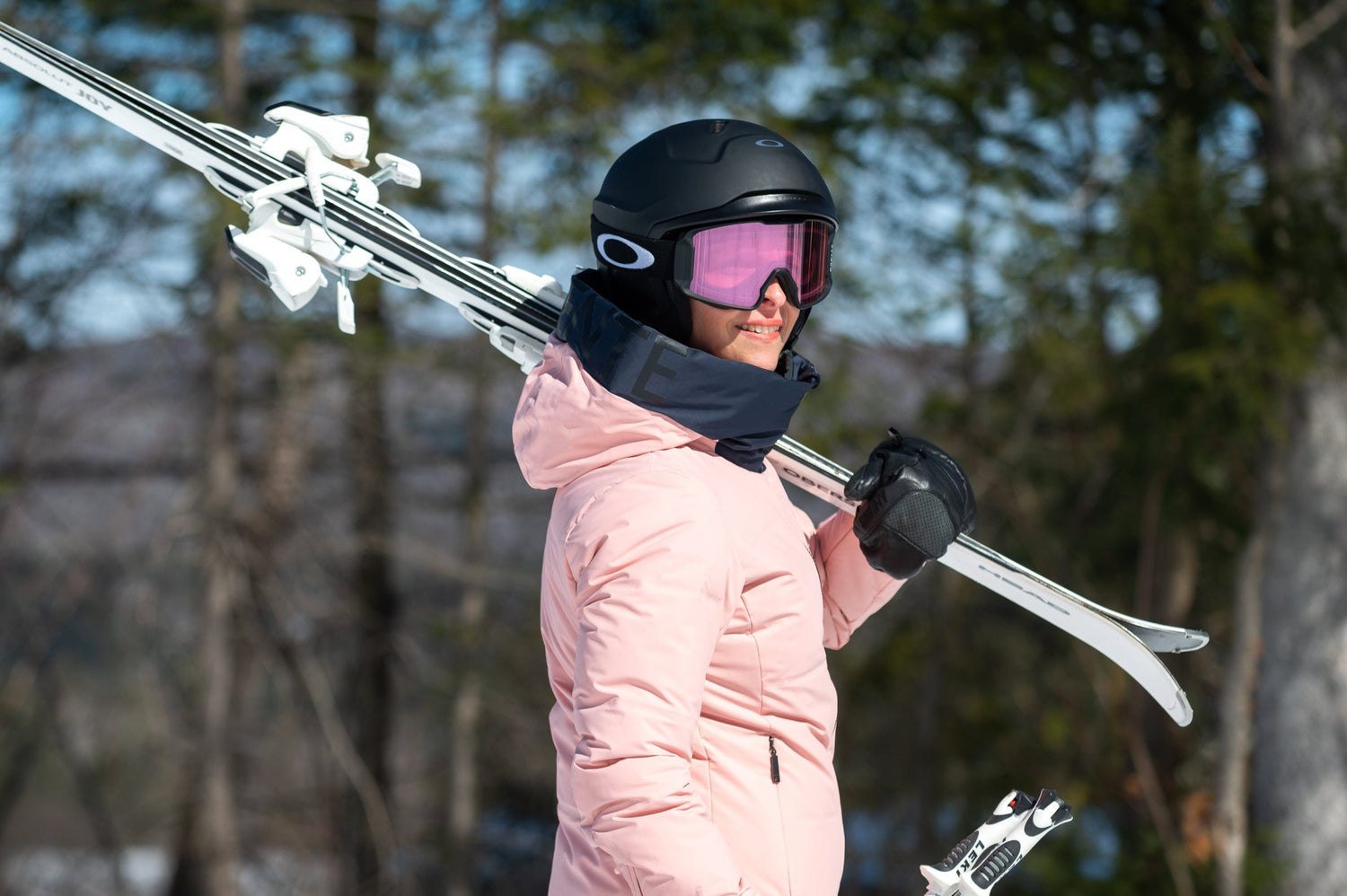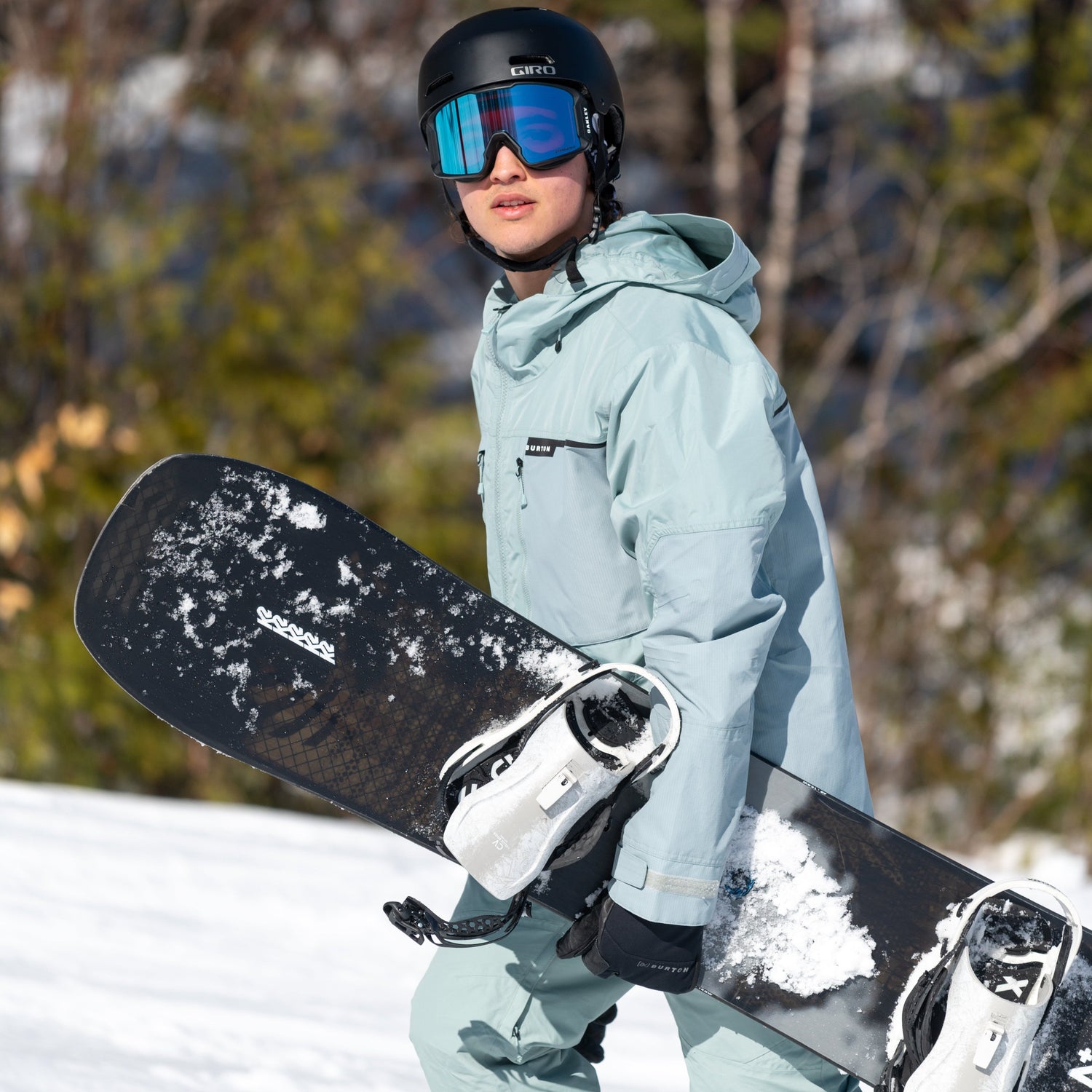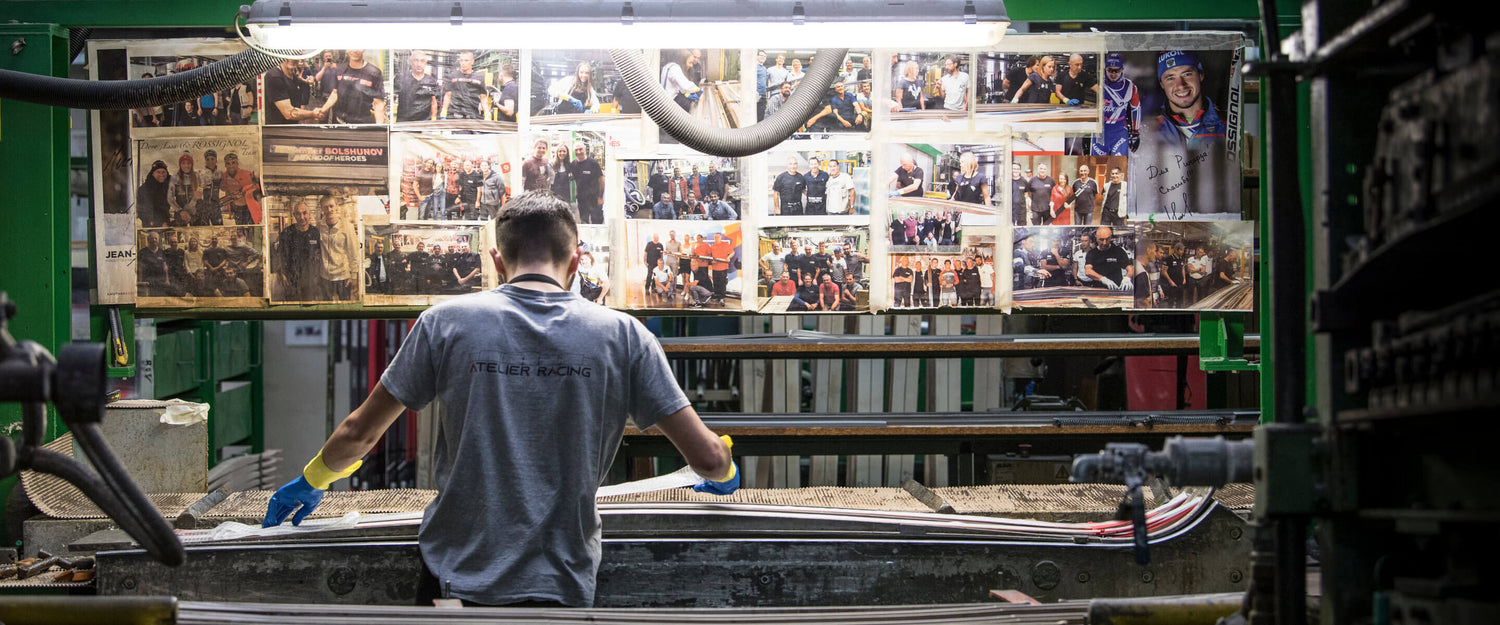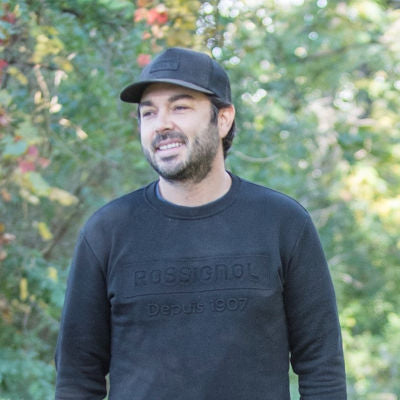Oberson x Rossignol
_____________________________
The Sallanches factory, located at the foot of mythical Mont Blanc, is one of the main factories manufacturing Rossignol alpine skis. Skis have been made there since 1963. Between 900 and 1,200 pairs of skis are produced daily in the Sallanches factory, which runs twenty-four hours a day. But why, with the exodus of so many manufacturing processes to Asia, does Rossignol still make its skis in Europe?
The answer is simple. The manufacturing process is an art, and generations of craftspeople have worked in their factories. They draw on the unique know-how that has been handed down to them from their predecessors. The materials are of the highest quality, and the quality controls at each stage are extremely thorough. But above all, the people who make Rossignol alpine skis are as passionate as we are, and they take their work to heart.

Rossignol Skis and Passionate Craftspeople
The first thing that strikes me when I set foot in the factory is the smell of glue and the craftspeople’s passion. That same enthusiasm is also evident throughout the research and development process. Product managers tell us that an increasingly important aspect in selecting materials is not only their performance but also their environmental impact.
What differentiates one alpine ski from another? Its stiffness, camber, sidecut and weight. Depending on the ski terrain and the discipline it will be used for, ski design involves thousands of hours of research and development in addition to testing with high-level athletes to offer a ski that best meets the consumer’s needs. The result combines strength, lightness and performance.

How are alpine skis made?
- Many materials are used to make skis.
- Wood for the core
- Fibres, such as fibreglass, carbon fibre and titanium
- Elastomer
- Metal for the edges
The steps in making an alpine ski may seem quite simple, but there are more than fifty of them from the materials’ entry into the factory to the shipment of the ski to Oberson.
First, the materials arrive in the factory. The base and edges—delivered in huge rolls—are cut by craftspeople for each Rossignol alpine ski model.

The wood cores, fibres and elastomer sections are first cut and glued together before the moulding stage. Each ski model has its own mould and template. In general, it takes a week to create an alpine ski.
In the mould, they insert the wood core, base, fibres, edges and sidewalls, which are usually made of ABS. Next, they add the final layer, which is the topsheet. The latter is created beforehand and dried for nearly a week. The materials (assembled in a sandwich construction) are then put under pressure at more than 100 degrees for about ten minutes.
Once the time is up, the ski is taken out of the mould and transferred to the finishing stage to remove the extra resin and ensure that the final product is flawless. The base is then waxed so that it glides well, and the edges are sharpened.
Finally, the skis are calibrated and undergo quality control to ensure that everything is compliant, both in terms of the ski’s camber and geometry.

I had the chance to meet people dedicated to athletes’ success and their products. They are proud people whose eyes shine every time a champion climbs to the top of the podium holding up a ski designed at their company. But they are also people who are proud to create high-performance, sturdy, environmentally conscious, beautiful alpine skis for all ski enthusiasts who enjoy the wonderful sport.



